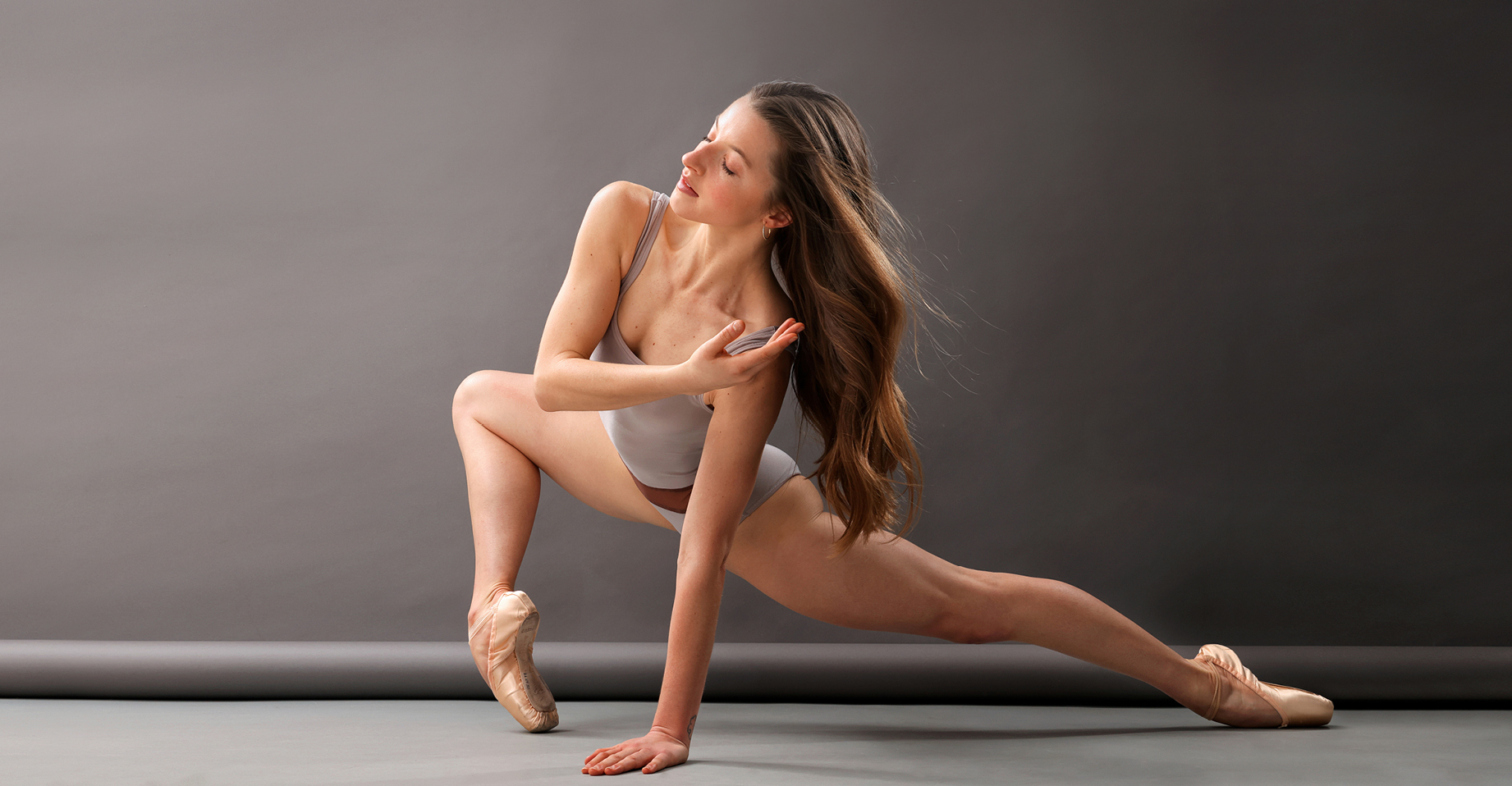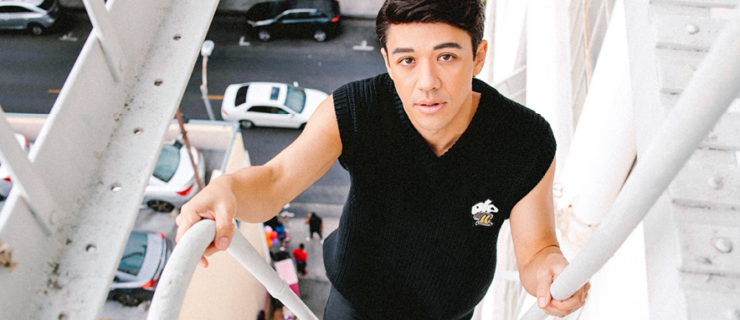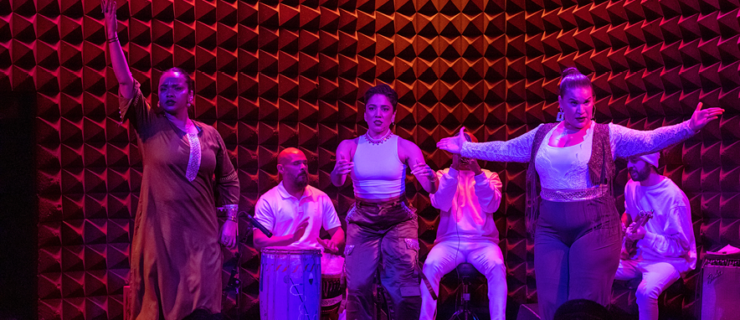Indiana Woodward: The Ebullient Ballerina With a Human Touch
When New York City Ballet artistic director Jonathan Stafford called Indiana Woodward into his office in early October, Woodward was sure it was to tell her that although she was dancing well, it wasn’t her time yet. Unity Phelan—Woodward’s colleague and closest friend in the company—had been promoted to principal the night before, and Woodward, though thrilled for her friend, assumed this meeting was something of a consolation prize.
But when she entered the room, Wendy Whelan and Justin Peck popped out from behind a corner where they had been hiding, all three leaders grinning behind their masks: Woodward, too, was being promoted to principal. With six veteran company members retiring, Phelan and Woodward marked the first female dancers elevated to NYCB’s highest rank since 2015.
While for Woodward the news came as a surprise, for NYCB audiences it was anything but. Since joining the company in 2012, Woodward, now 28, has delighted onlookers with her mix of elegant classicism and ebullient pluck. Both offstage and on it, she brings a warmth and generosity that make her appear just as at home in the Sugarplum Fairy’s mint-green tutu as it does in the minimalist gold lamé leotards of Pam Tanowitz’s Bartók Ballet. Described by both Stafford and Tanowitz as a “bright light,” Woodward seems an integral part of NYCB’s new future. Yet she stumbled upon Balanchine’s legacy somewhat by chance.
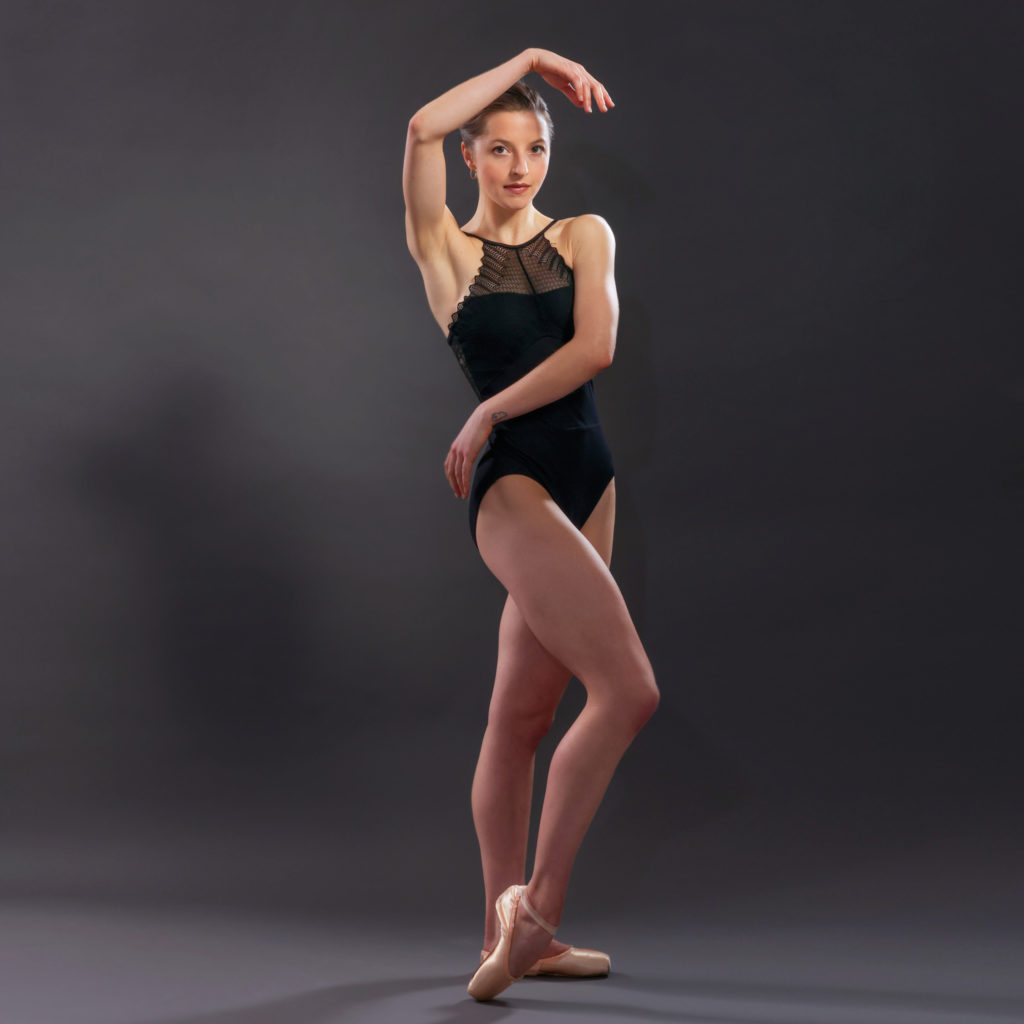
Woodward’s versatility can be attributed in part to the bevy of cultures in which she was raised. Born in Paris to a French filmmaker father and a South African dancer mother, she moved to Philadelphia at age 3. When her parents separated four years later, Woodward moved to Los Angeles with her mom and younger brother while her father returned to Paris, where Woodward visited him regularly.
Though she herself was teaching dance, Woodward’s mother encouraged her to try a variety of pursuits. Along with ballet, Woodward took ice skating, tennis, swimming and karate lessons.
It wasn’t until age 10, when Woodward switched from Westside Ballet to study at the more intimate Yuri Grigoriev School of Ballet in Venice, California, that ballet became central to her life. “He was just a master of dance,” says Woodward of her beloved teacher. “He didn’t speak any English, but we understood everything.” Studying with Grigoriev, a Russian émigré who’d danced for the Stanislavsky Ballet in Moscow, Woodward found herself firmly planted in Russian technique.
The summer that Woodward was 15, she received a scholarship from the Bolshoi Ballet Academy to train in Moscow for two months. But though she’d grown up traveling regularly to see her father, this was her first time taking on a foreign city—and language—alone. “It was the scariest thing I’ve ever done in my life,” Woodward reflects.
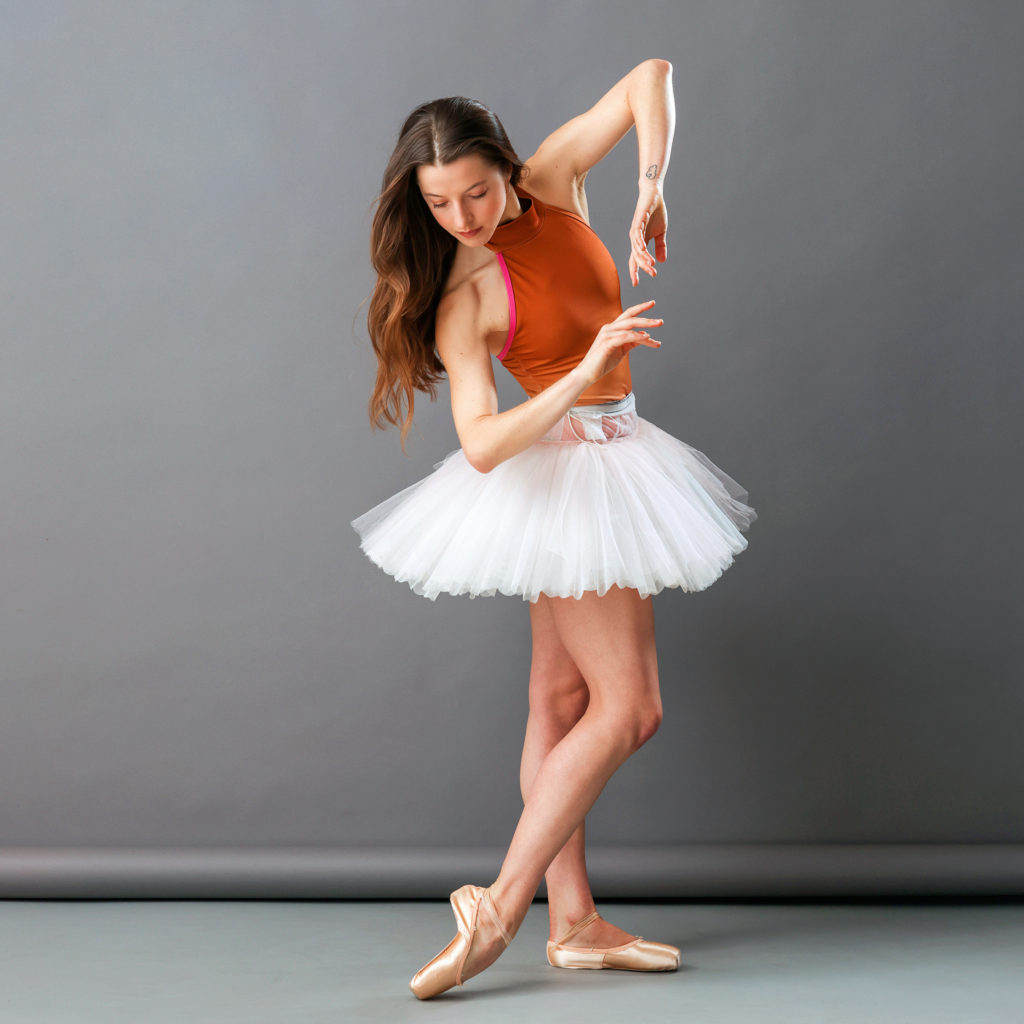
But as she slowly adjusted to the studios’ raked floors and rigorous stretching practices, Woodward started learning Russian together with another scholarship winner, Gabe Stone Shayer—now a soloist with American Ballet Theatre and still a friend. She also fell in love with her character-dance classes. “The teachers would ask us to be very aware of our fingertips or the placement of our port de bras to explain a story with movement, which is such a delicate thing,” she says. These skills remain evident in Woodward’s emotive approach to roles like Princess Aurora and Juliet.
On the way to Moscow, Woodward had stopped in New York City and London to audition for the School of American Ballet and the Royal Ballet School, respectively. She’d had her sights set on more classical programs, and had tried SAB solely on a friend’s recommendation. But upon receiving a scholarship to Balanchine’s famed school, she jumped at the chance for another adventure. “I didn’t really know too much about City Ballet, being on the West Coast,” says Woodward.
Just a few weeks into her first summer at SAB, Woodward was invited to stay year-round. She knew she’d found her place: “I felt so free, and able to dance in all the ways that I wasn’t able to in Russian technique.” Two years later, then-ballet-master-in-chief Peter Martins invited her into the company. “It’s so helpful to be open-minded and not get stuck into narrow tunnel vision of where you think you should be,” says Woodward of her unexpected path.
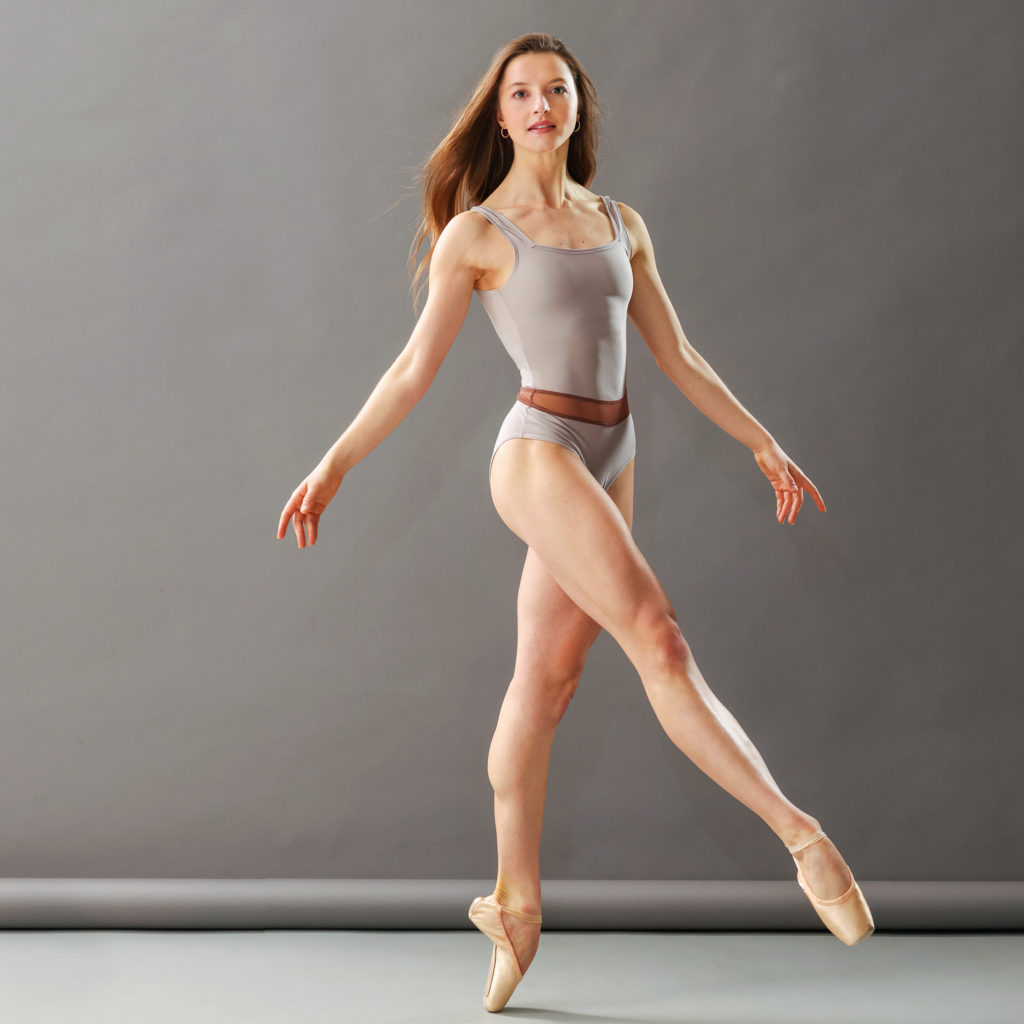
With her classical training and small stature, over her nearly 10 years with NYCB Woodward has often been lauded for her work in romantic roles. Frequently compared to French ballerina Violette Verdy—a likeness Woodward finds extremely flattering—she shines in the elegance of “Emeralds” and La Sylphide. Stafford refers to her entrée in The Sleeping Beauty as “the most impressive Aurora debut in recent memory,” and fondly remembers her first turn as the Sugarplum Fairy. “We all had smiles on our faces,” he says. “It was just such a pleasure to watch her artistry in that role.”
But for Woodward herself, working with living choreographers has proved just as thrilling as taking on the greats. She remembers learning Soirée Musicale from Christopher Wheeldon as one of her most influential early opportunities, and cherishes each chance she’s had to work with Peck and Alexei Ratmansky; she loves entering the studio as a blank slate, ready to create. For a few years she pushed past her comfort zone with a weekly Gaga class downtown at Gibney, which she credits with teaching her to move from a place of sensation. And she wowed with sharp exactitude in Tanowitz’s Merce Cunningham–influenced 2019 Bartók Ballet.
“She’s just up for anything,” says Tanowitz, who reworked the ballet to highlight Woodward’s solo for its return this February. “She’s very human but just an incredible technician. She has a strong curiosity, and all movement feels equal to her.”
Woodward approached the setbacks of the pandemic with her trademark sense of equilibrium and positivity. She gave up her New York City apartment and moved in with her mother in California for four months (she and her rescue dog, Luna, are now settled in a new home on the Upper West Side).
“It was a big relief to slow things down a bit,” she says. “It helped me to reset mentally and physically.” Taking Zoom class in her brother’s empty bedroom each day, Woodward focused on going back to the basics. This was aided by an exploration into anatomy and the body-conditioning programProgressing Ballet Technique. Woodward also started teaching, both online and in person.
Time off also gave her a chance to focus on school; Woodward is midway through a BA at Fordham University. With a lifelong interest in cultural fluency, she’s planning on majoring in anthropology, though her real passion lies in ethology, the study of animals in their natural habitats. Though not offered at Fordham, ethology brings together Woodward’s love of animals and the environment, and would allow her to follow in the footsteps of one of her non-ballet idols, Jane Goodall.
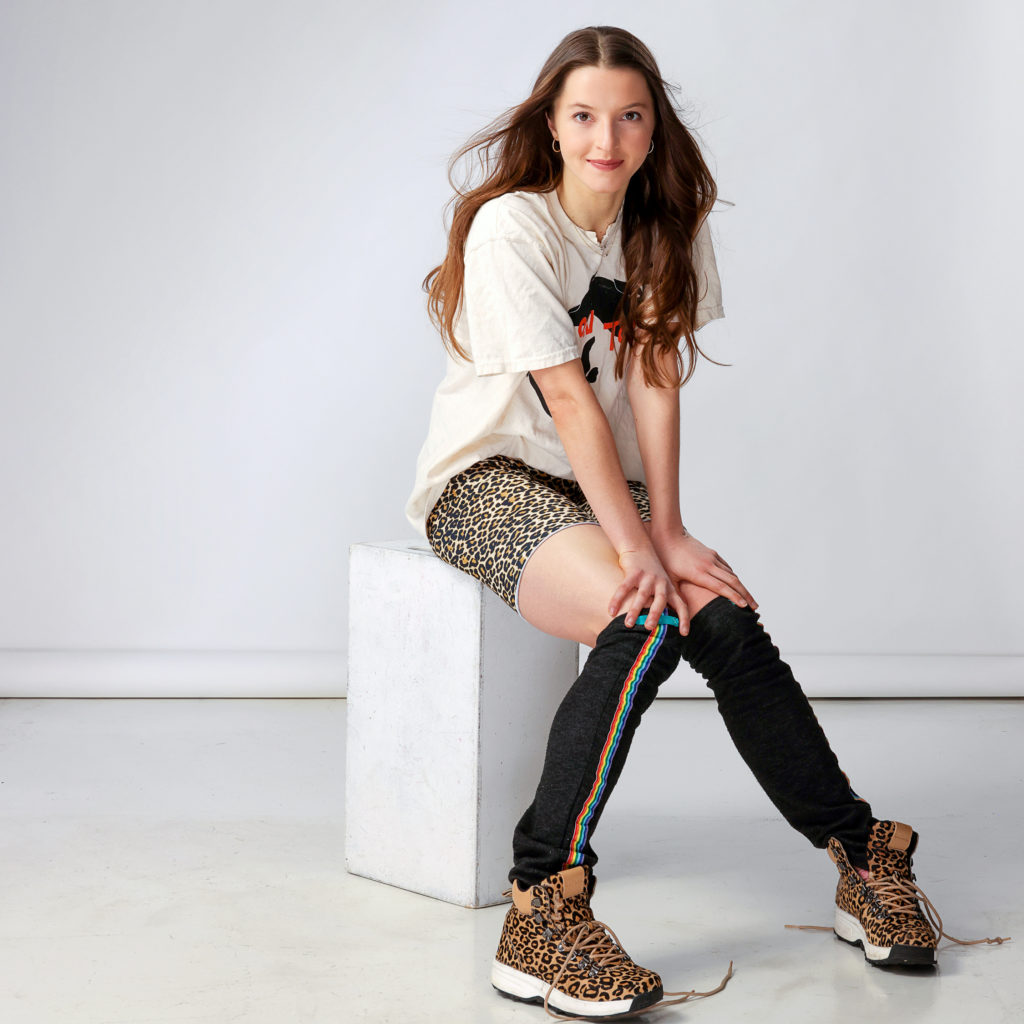
Entering a company’s highest rank can be difficult for many dancers, bringing with it a sense of isolation and a flurry of anxieties. But Woodward is taking the transition in stride, aided by the fact that she and Phelan are heading into this new phase together. Very different dancers, the two friends have remained a steadfast source of support for each other.
“It’s less daunting because we have someone who can be a sounding board, who you really trust and who’s going through the same thing,” says Phelan, excitedly adding that she and Woodward have moved into a new dressing room together. “Indiana tries to keep her fellow dancers happy; she’s really a team player,” adds Phelan, a sentiment Stafford echoes: “She’s always working and always in class. She’s a great role model.”
When looking towards the future, Woodward’s dreams showcase the breadth of her abilities: She’s just as excited about the technical juggernaut Theme and Variations as she is the predacious Novice in Jerome Robbins’ The Cage. She’d also love to return to her Russian roots, guesting with the Paris Opéra Ballet or The Royal Ballet in her all-time favorite classical role, Giselle.
But for now, she’s content to focus on the joy that’s come with returning to the stage. “I’m hoping that this year allows me to keep growing into myself as a dancer, and really feel comfortable with the quirkiness that each one of us brings to the table,” says Woodward. “I’m just going to keep on working.”
